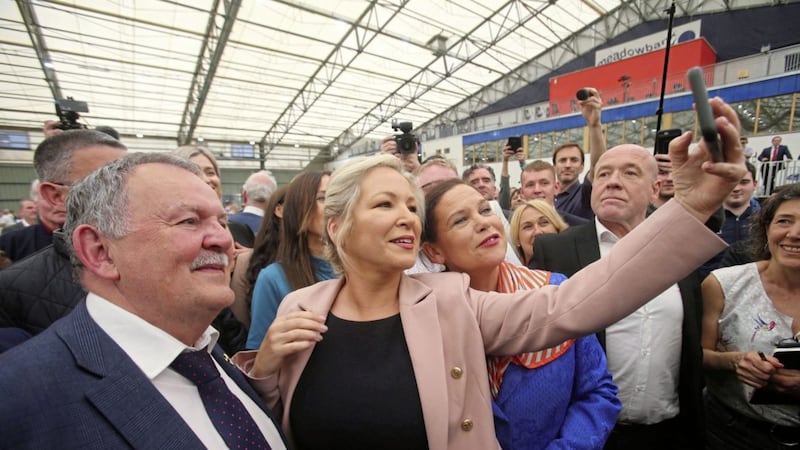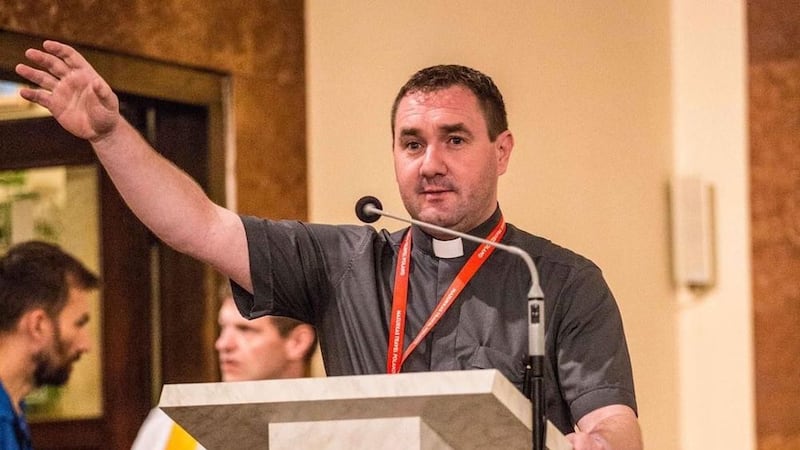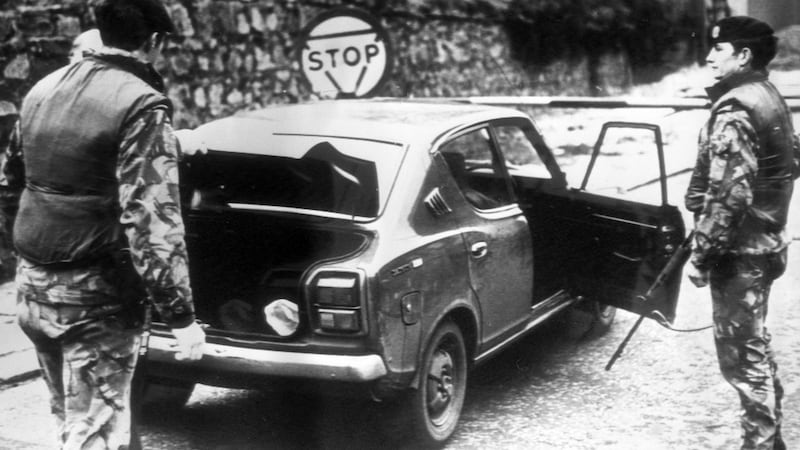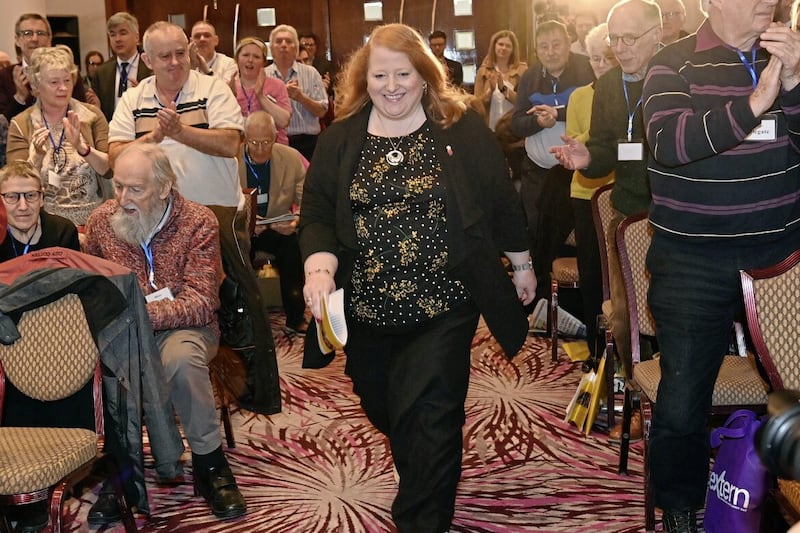THE people have spoken. All the counting is over and as the deluge subsides what do we see?
The campaign was low key with parties giving few hostages to fortune, bur the voters had other ideas in mind. With a reasonably strong turnout by local standards, we have seen some big swings and a reshaping of the political landscape.
Welcome to the three-party state. Sinn Féin, the DUP and Alliance have cemented their respective positions, and this is likely to be the political dynamic going forward. So where do each of the parties stand at the end of the campaign?
Assembly Election Results Hub
For Sinn Féin, they are unquestionably the big winners. Outperforming their 2017 surge, they now stand firm as the leaders of northern nationalism, scoring the best performance by a nationalist party at an assembly election since 1998. Expected to drop some seats, the party has held onto everything they went in with and more critically came close in two constituencies, while had they ran three could potentially have made a gain in South Down. Clearly ahead of the DUP, there is no question of Michelle O’Neill having a claim to the first minister spot.
Then we have the DUP, who took a real punishing in vote share, copping a swing of nearly 7 per cent which is the second biggest swing away from a party at an assembly election since 1998. Moreover, this is the worst vote share for a leading unionist party since David Trimble led the UUP at the 1998 election. However, the professional outfit that the DUP are saved many seats. Making tough decisions on selections and not taking the media bait to run more candidates has saved around three-to-five seats across Northern Ireland. The party will have challenges but in pure seat terms it has seen off the TUV – and not for the first time.
The other big story is Alliance, who have surged forward winning their low hanging fruit seats but also the second in North Down and a breakthrough in North Antrim. The party now dominates particularly in the eastern constituencies where they hold two seats in six constituencies. Alliance can also take some comfort that they remain competitive in two others and can build some momentum for the next election. The party is sure footed and seem ready to take the mantle of the third-place party and the unquestioned main force outside the two main blocs, sweeping away the Greens.
Here the good news ends, as the SDLP and UUP wake up to the reality about what has happened to their fortunes. Twenty years ago, other parties took more than 44 per cent of the vote, on Thursday they account for just over 20 per cent. The UUP has achieved its worst vote share since the 1998 assembly election with party heavyweights struggling to hold their seats. More importantly in key targets like South Belfast they fell back and more critically they were out polled by the TUV in eight constituencies.
There is little comfort for the SDLP. Losing big names like Nichola Mallon will see the party in talent greatly reduced at Stormont. Moreover, the targets they talked up in West Belfast and Strangford did not materialise at all. This is the first time the party has scored less than 10 per cent of the vote in a Northern Ireland election and their brand just seems to be producing diminishing returns, despite the fact Colum Eastwood delivers in key media appearances. The party was outperformed by Alliance in 10 constituencies last week, four more than in 2017.
For both parties there is no quick fix or one person to blame. What happened at this election has been more than a decade in the making. Both parties are finding their respective electorates are losing their patience with them trying to figure out a core reason for existing.
In politics they say nothing is final or fatal. Each of the parties who have done badly or well, have experienced tough electoral times in the past. But unquestionably we have begun the three-party state years, whether this becomes an era is up to the electorate.
Smart parties know that the voters are never wrong, and they always get it right. There is a clear mandate for restoring Stormont, let’s get on with it and get the institutions working or else the public might just lose patience with the entire thing.








